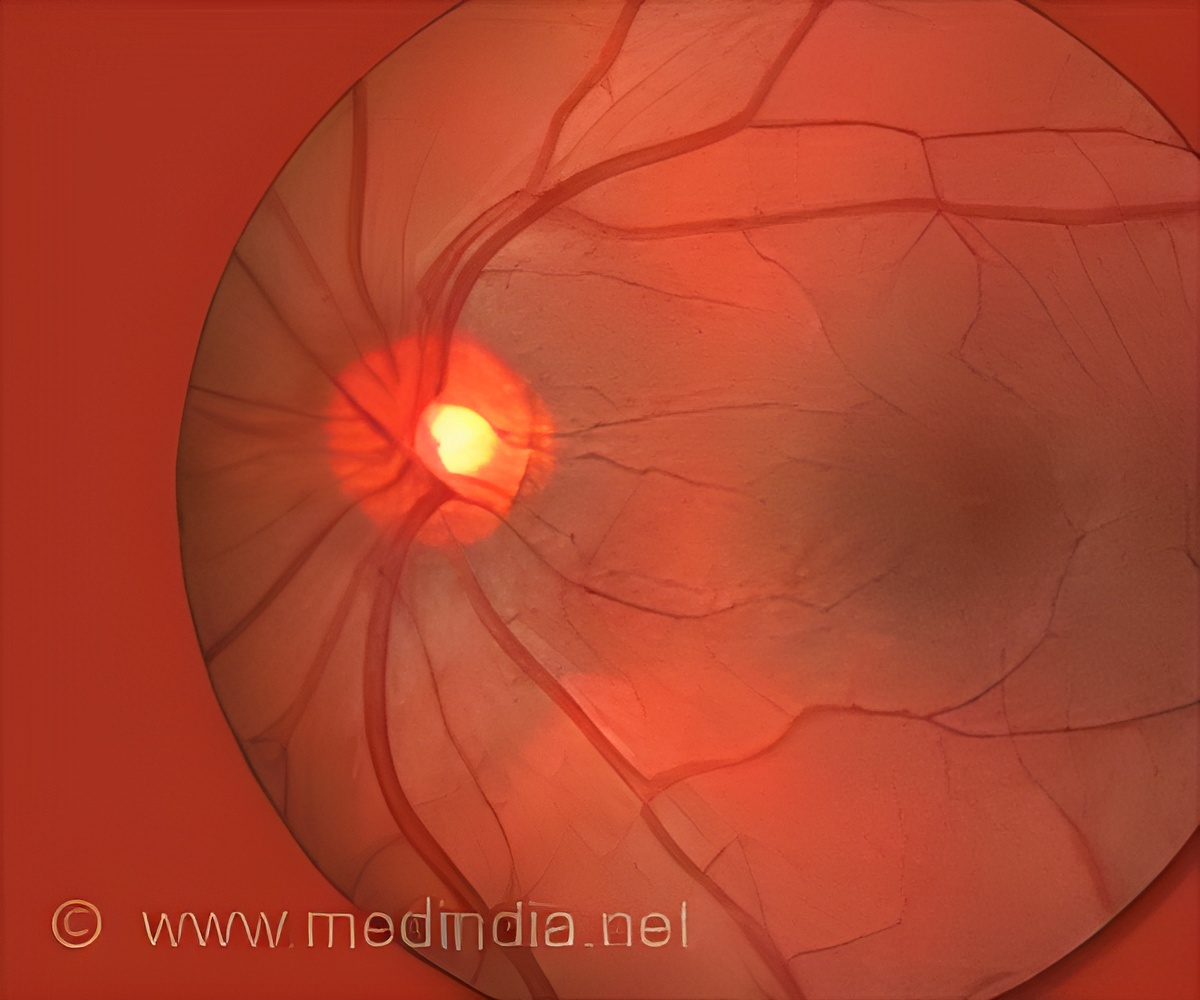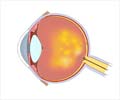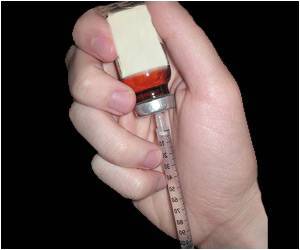Levodopa, the widely used and well-tolerated drug commonly used to treat Parkinson's disease, may help significantly reduce the need for more costly, more invasive treatments for Macular Degeneratiion.

‘Levodopa is safe, well-tolerated, delayed anti-VEGF injection therapy and improved visual outcomes in elderly patients with AMD.’
Read More..




While nAMD represents only 10-15 percent of all AMD cases, it is responsible for 90 percent of the vision loss attributed to the disease. The standard treatment requires frequent injections of agents to block VEGF. While effective, the injections are expensive and painful.Read More..
Lead investigator Robert W. Snyder, MD, PhD, Department of Biomedical Engineering, The University of Arizona, Tucson, and Snyder Biomedical Corporation, Tucson, AZ, USA, explained, "Levodopa has a receptor (GPR143) selectively expressed on pigmented cells.
In the first study, 20 patients newly diagnosed with nAMD who had never had VEGF treatment were given a small daily dose of levodopa for one month and were evaluated weekly by their referring retina specialist, who determined whether anti-VEGF treatment was needed.
In the second part of the study, the patients who completed the first study and a second group of 14 patients who had received anti-VEGF treatment for at least three months before the study received escalating doses of levodopa to test the tolerance and efficacy of the drug. The patients continued to be evaluated monthly by their referring retina specialist.
This trial demonstrated for the first time that levodopa is safe, well-tolerated, and delayed anti-VEGF injection therapy while improving visual outcomes.
Advertisement
The investigators noted that levodopa may be unlikely as a standalone treatment in patients with newly diagnosed nAMD since 11 of the patients did require anti-VEGF injections. However, they required fewer than the standard monthly treatments, and in the second group, monthly injections of anti-VEGF decreased by 52 percent.
The concept had its genesis 20 years ago when Dr. Snyder began working with co-investigator Brian S. McKay, who had developed techniques to culture and examine retinal endothelial pigment cells. "We had a strong desire to make an impact in AMD, and I had a strong hunch that Dr. McKay could make a significant contribution," Dr. Snyder said.
"Although this is nowhere near completed, I am happy to say, 20 years later, we have all persevered, and I believe the GPR143/levodopa story will make a significant impact on our treatment and prevention of AMD."
Source-Eurekalert







